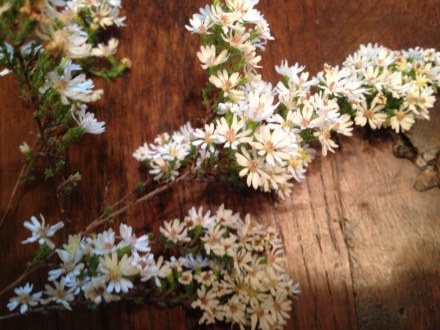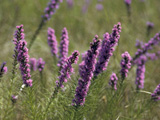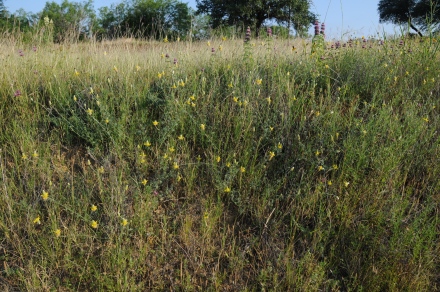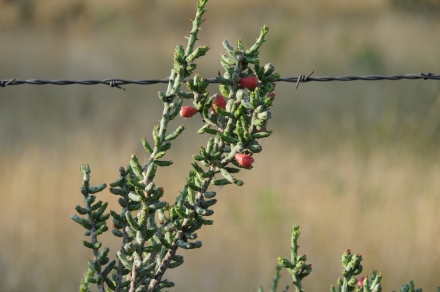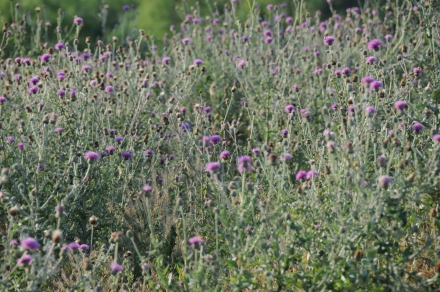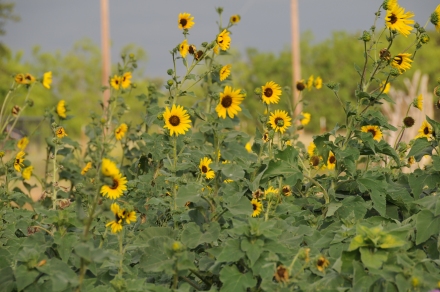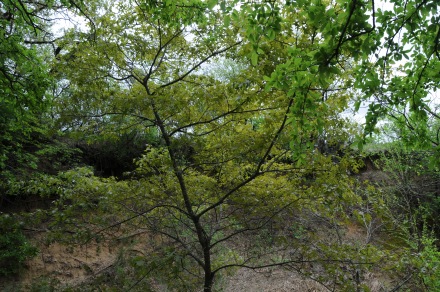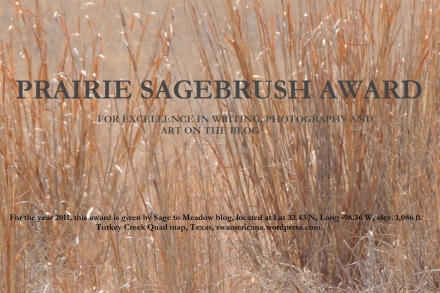
The Prairie Sagebrush Award 2011 is given for fine writing, photography and art in the blogosphere. From my blogroll, I select a post, photograph or art piece from 2010-2011, early 2012. For each comment that is entered on this ‘The 2011 Prairie Sagebrush Awards for blogging’ post, I will donate a buck ($1.00) to a wildlife corridor in Texas or New Mexico. I set a limit of $100.00 — not that I am going to have more than fifty comments, but who knows?
I have excerpted portions of these fine writings and art into my post in respect for their blogs and copyright. Please click on the links to obtain the full text of these really fine bloggers.
Please feel free to copy the Prairie Sagebrush Award 2011 design-image and put it on your blog to link back to this post or to one of the blogs below. (No, I’m not trying to pump up my numbers, just trying to illustrate the high quality of work performed on blogosphere.)
[Wild Bill, Wild Ramblings blog, ‘Conifer Encounter.’] …On the way back I asked him, and this was one of the few times I had spoken, how he knew so much about the woods. He answered that he was a biology professor at Springfield College, but had grown up in the pine barrens in New Jersey. He surmised that most of his knowledge he had learned as a boy wandering those Mid-Atlantic swamps, coupled with reading a lot of books about nature. And then he laughed out loud, almost in a boisterous way. “And once I met an old man in the woods,” he declared, and he laughed again, this time even more loudly….
[Grethe, Thyra blog, ‘Goodbye to King Winter.] …The next week-end was foggy and raw and the sun seemed so far, far away. It was nice to see that the people at the restaurant of Skovmøllen (the old Water Mill-restaurant) saw to that the little birds were fed with Danish bread and fat-bowls. There was also morning bread with cinnamon and the birds seemed to like it! Notice the little blue tit. It is so ruffled. I hope it will cope….
[Photograph: Montucky, Montana Outdoors blog, ‘A visit to an old painting.]

Montucky, 'A visit to an old painting,' January 24, 2011.
[Cirrelda, Color of Sand blog, ‘Ides of January — yard observations.’] …I stood for a while looking at my pobrecito pinon tree tilting away from the drooping elm limbs above it. Then those elm limbs were golden – the light was coming at them directly from that western mesa edge (miles away) and the whole damn wild elm tree was shining in its massive shagginess. (I so curse that tree at times since its roots tangle into every vegetable bed.) Smoke on my hands and clothes, I stand and gaze at the afternoon in my yard….
[Martie, Taos Sunflower blog, ‘Photos from my hood.’]  …This morning I was down in Arroyo Seco (the nearest village to my home, where my yarn shop used to be) and had a few moments alone with my camera. I thought I’d go look for beautiful flowers, but alas, in this drought, they were not to be found. Then I looked up at the beautiful clouds in the sky over the old church behind our building, and thought it has probably been years since I’ve shared photos of it with you. It was a ready reminder of why so many people come here to study art and paint the local scenery. I’m sorry there aren’t any flowers for you, but hope you enjoy the rest…
…This morning I was down in Arroyo Seco (the nearest village to my home, where my yarn shop used to be) and had a few moments alone with my camera. I thought I’d go look for beautiful flowers, but alas, in this drought, they were not to be found. Then I looked up at the beautiful clouds in the sky over the old church behind our building, and thought it has probably been years since I’ve shared photos of it with you. It was a ready reminder of why so many people come here to study art and paint the local scenery. I’m sorry there aren’t any flowers for you, but hope you enjoy the rest…
[Shoreacres, The Task at Hand blog, ‘Promises Made, Promises Kept.’] …My extraordinary good fortune was to be born into a family more than willing to make and keep promises. My father took promises especially seriously. The eldest of six children, he was one of those increasingly rare creatures – a man of his word. Whether it was a work colleague, a neighbor, a family member or his tiny daughter coming to him with a request, if he said he would do it, he did….
[Wrensong, Writings from Wild Soul blog, ‘Waiting for the Sun.’ See also the female cardinal photograph associated with this winning post.] Everything so still/ in this windless dawn/ Ice hangs from every twig/ air cold as stone/ Sun arrives like hope/ and hunger. ~wrensong
[Marie, The Rambling Wren blog, ‘The Red Fox.’] …The fox stood stock still in the middle of the lane. We watched each other silently for 10 or 15 seconds, then the fox turned to go. But she paused, then sat down and looked back at me. She seemed unsure how to proceed, and kept looking up the secondary driveway we use for moving trailers and the RV. There’s a large woodpile there, an old barn the previous owners had dismantled elsewhere and brought here, planning to reconstruct. But the project was never finished, and we now have habitat for all sorts of critters–rabbits and woodchucks, chipmunks, feral cats, and now, perhaps, red fox. Had she moved her kits there, I wondered?…
[Kittie Howard, Kittie’s Stories, ‘Shopping at Best Buy.’] …Best Buy, that big box store, re-entered my life. I didn’t want to buy a new computer just yet. The plan was to limp along with what I had until the Thanksgiving/Christmas holidays. Last Saturday night, the motherboard died….
[Rebecca, Rebecca in the Woods, ‘On Not Hearing a Boreal Owl.’] …Then yesterday GrrlScientist had to go and write a blog post about about Wilson’s Snipe and mention that the “winnowing” sound created by its tail feathers during its courtship display sounds very similar to the call of a Boreal Owl. And that courting males “fly in circles.” And that they do this “long into the evening.” And sometimes even at night, I suppose? Sigh. No one likes deleting a species from their life list…. [Bold added.]
[Photograph and recipe: Karen Rivera, New Mexico Photography, ‘Green Pumpkin and Green Chili Pueblo Stew.’]

Karen Rivera, 'Road between Cimarron and Taos, New Mexico,' March 8, 2011.
[Debra, Find an Outlet blog, ‘Death’s Mementos.’] …Every day I am moved by roadside memorials to people who weren’t ready to die. People who were in the wrong place at the wrong time. They’re a constant reminder of how fragile we are—bits of bone wrapped in a flimsy shroud of a ridiculously unsuitable hide. We’re anything but fierce when up against poison, bullet, disease, or 3,000 pounds of steel, glass and chrome….
[Wildstorm, Backroads Photo blog, ‘North Texas Desert.’] …There is no such thing–the North Texas desert. Yet it seems like it when you glance across the dry roasted pastures where nothing grows. What is green? The cedar trees. Even the oak trees have burned up leaves….
[Bunnyterry, I Love New Mexico blog, ‘Gardening in New Mexico.’] …As I stand here with the garden hose in my hand, I’m reminded of a paper I wrote on personal landscapes for that particular history class. The instructor’s goal throughout the class was to get us to tie our own personal histories to history in the broader sense, which, if I were teaching history today, would be my goal as well…
[Teresa, Teresa Evangeline blog, ‘At Home in My One Room Schoolhouse.’] …I almost forgot to tell you: when I crossed over into New Mexico from Utah on Sunday, in less than a quarter of a mile there were two crows and a coyote. The crows were standing over their dinner in the ditch, whoever the poor critter had been, and the coyote was trotting away from them, down in a hollow, across a snow-covered field….
[Annie, Anniepickens’s blog, ‘Spring Garlic.’] …Sunday I got to the Farmers’ Market later than usual, it was already packed with people but choices were still good. The first thing I wanted to do was find the egg guy and trade in my used cartons. It seems like the only time I remember that I’m going to take them back is when I am at the market buying more eggs. Very happy with myself for finally remembering….
[Photograph: Jeff Lynch, Serious Amateur Photography, ‘Those Spanish Skirts.’]

Jeff Lynch, Palo Duro Canyon, 'Spanish Skirts,' January 2011.
[Photograph: Evangeline Chavez, Evangeline Art Photography blog, ‘Dia de Los Muertos.’]

Evangeline Chavez, 'Dia de Los Muertos,' posted November 6, 2011.
[Poster image and environmental work: Chris Clarke, Coyote Crossing blog, ‘Desert Biodiversity.’]

Desert Biodiversity poster, Chris Clarke, December 2011.
[Bonnie Bardos, Bohemian Artist: Painting and Thought blog, ‘New Sculpture.’]

Bonnie Bardos, 'New Sculpture,' May 2011.
[Photograph: Steven Schwartzman, Portraits of Wildflowers blog, ‘Welcome to the Texas Hill Country.’]

Steven Schwartzman, 'Clammyweed flowering,' June 2011.
32.460328
-98.365157



